There are many films out there that state that they are "based on a true story." While that is probably true, they do take creative liberties throughout the film and so are not historically accurate. The reason for the creative liberties has to do with the fact that the true story is not as dramatic on-screen as they would like it to be for audiences. However, there are a few films out there that managed to keep audiences enraptured as well as keep the story historically accurate. These films are by far some of the most iconic in Hollywood history and were done with a lot of careful attention to detail to the original story.
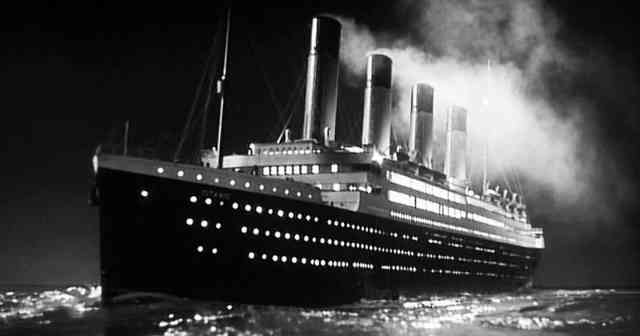
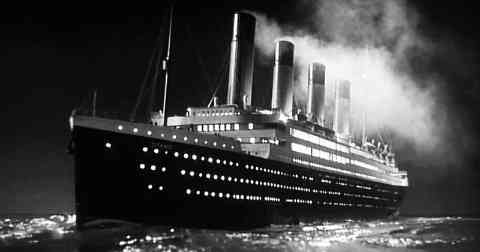
Some of these films are second or even third versions of a film trying to tell the same story, but these are the ones who remained accurate and have therefore seen a different version of success to them as they have a slightly different audience, one that prefers the truth over the dramatic and overdone. These films are based on major historical events, some tragic, others monumental for the shape of the world, and others about missions that humanity has tried to take in order to push our knowledge of the universe that much farther.
12 Years A Slave
Films about slavery in the United States are not an uncommon topic. However, 12 Years a Slave was an accurate depiction of the 1853 memoir by Solomon Northup. Northup was a free man living in New York State who was kidnapped and sold into slavery in 1841. His memoir delves deep into the horrors he endured as a slave for the 12 years he was in captivity before he was free again.
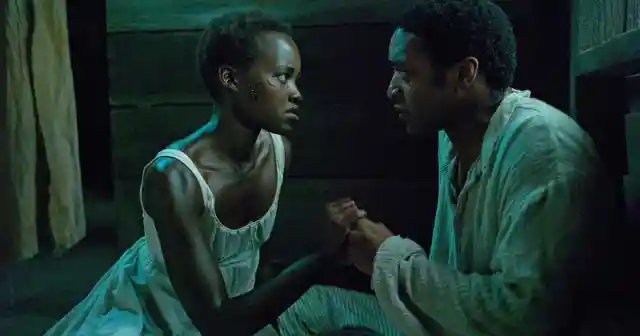
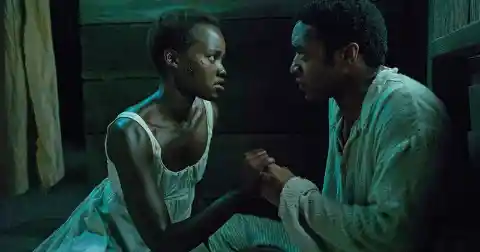
Steve McQueen directed the film. He managed to capture the violent and cruel experiences that Solomon went through as well as the people he met throughout his journey. The film does not put rose colored glasses on the situation and is very real and raw.
A Night to Remember
The tragic story of what happened to the R.M.S. Titanic on its fateful journey on April 14, 1912 has been depicted by two major films - James Cameron's Titanic, and Roy Ward Baker's A Night to Remember. While the two are about the same event, there was one that was far more historically accurate than the other - Baker's version.
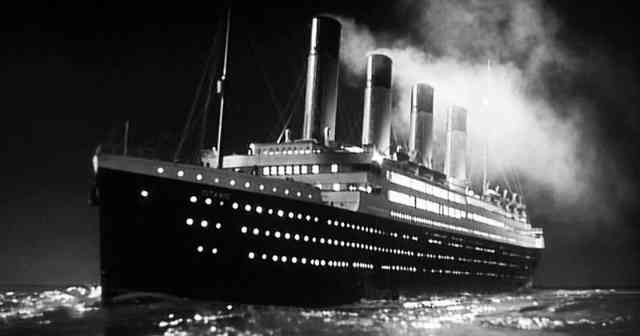
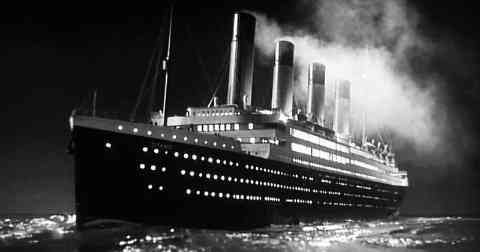
A Night to Remember brings to light the various people who were on the ship in various classes and how they survived that night. The budget for the film was nowhere near as much as Cameron's but his story is far more accurate.
Apollo 13
Ron Howard's 1995 film Apollo 13 is the most notable adaptation of the mission. The mission to the moon took place on April 11, 1970. It was thanks to the fact that in 1995 there was already improved technology to portray the mission properly on-screen.
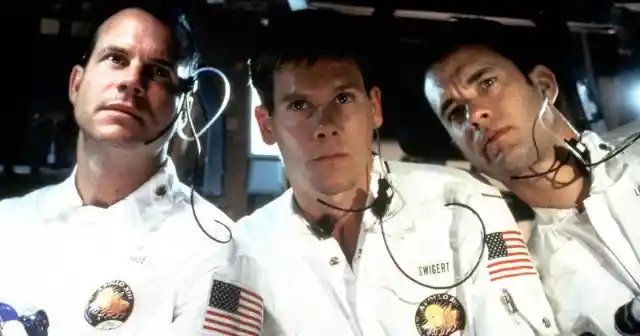
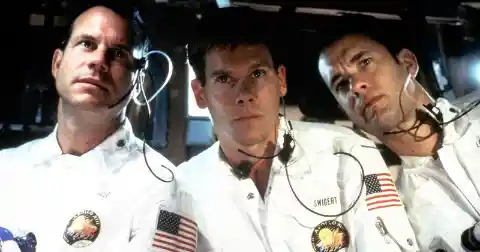
The details follow the true events precisely and also replicated the Apollo 13 spacecraft as well as making sure to capture the emotional rollercoaster that the three astronauts went through as the mission was taking place. The film went on to be a critically acclaimed piece of cinema.
Black Robe
When it comes to historical films, depicting the true events in detail is a delicate process. Historical accuracy in these cases is very important. The film Black Robe shows the world of indigenous people in all of its cultural complexity. The film got critical acclaim for its historically accurate portrayal of the daily lives of these people, including the Mohawk, Cree, and Algonquin dialects.
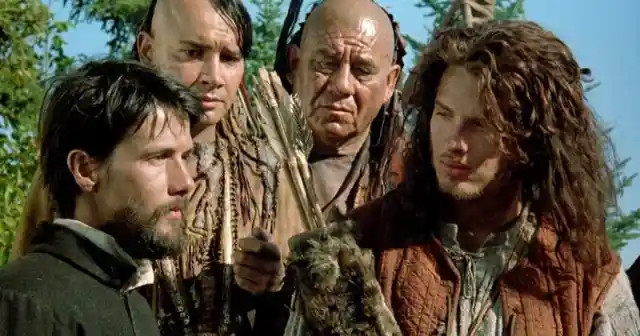
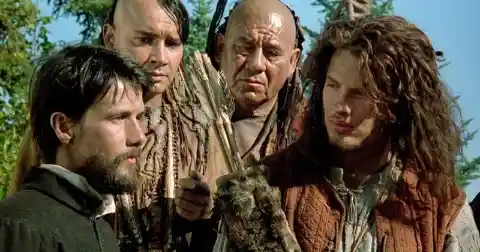
Bruce Beresford, the director of the 1985 film, read Brian Moore's novel and decided that he wanted to make it into a movie with all of the historical accuracy that the book contained.
Come and See
War is not a topic that's easy to depict in any way. It is violent, gory, and shows a side of humanity that we usually do not want to see. The film Come and See managed to capture the very heart of war, in all of its horrific sides. The film really captured the violent reality of World War II from the Russian perspective.
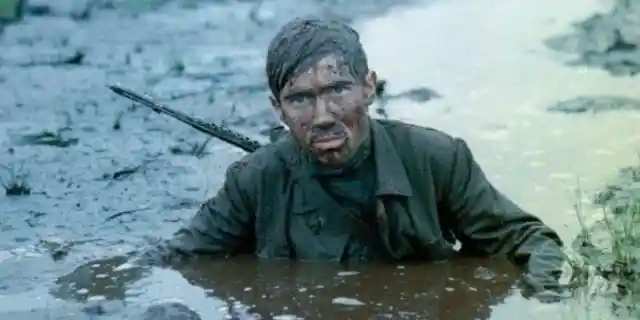
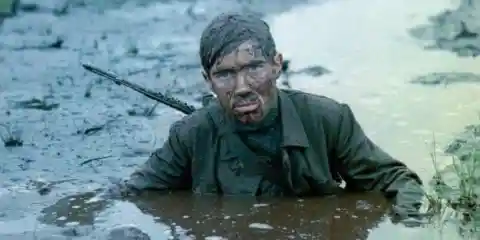
Elem Klimov directed the film and wanted to make it so that it shows a true historical representation of Russia's involvement in the Second World War. There were some in Russia who were not happy about this film, but historians praised it for its accurate showing of victims and death camps.
Das Boot
The 1980s birthed several submarine themed films, but none were as accurate or as good as Das Boot. The film did something all others were not capable of - they showed the true nature of being in a submarine and how infuriating it can be to be fight in one. While one is protected within a submarine, no one can get out so it can also kill you just as easily.
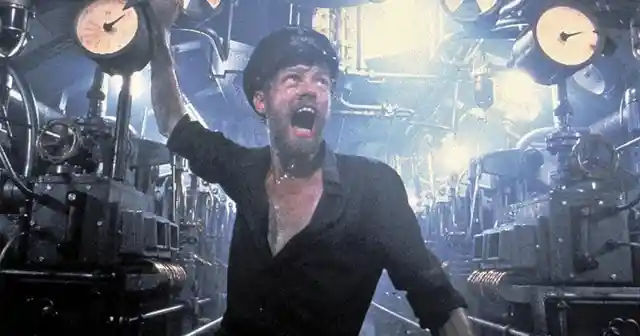
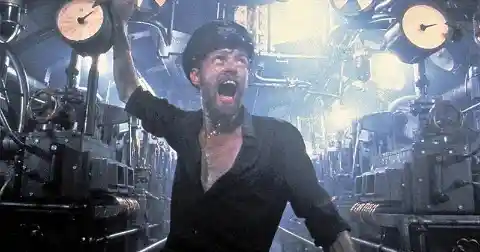
Wolfgang Peterson directed this emotional tale beautifully. He shows the audience dramatic battles but also manages to get to the other side of the experience, showing the emotional toll of running a warfare submarine.
Downfall
Downfall revolves around Adolf Hitler's final days as the head of the Nazi party. The film somehow manages to portray Hitler as almost humane and makes the viewer feel concern for a brief moment considering Hitler's horrific crimes against humanity.
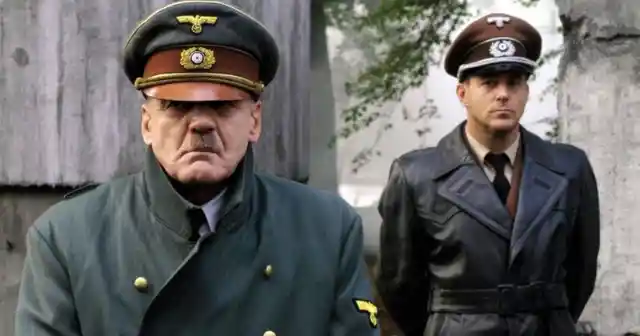
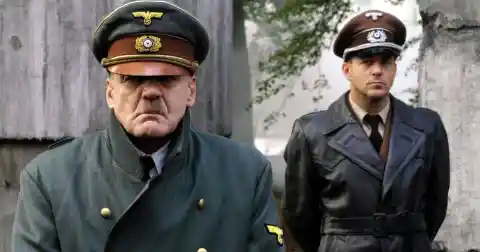
There is not very much information about what Hitler's final 10 days were like, but director Oliver Hirschbiegel attempted to recreate historian Joachim Fest's book, Inside Hitler's Bunker, as well as Traudl Junge's Until the Final Hour, which was written by Hitler's private secretary. The information from these books gave life and historical accuracy to the film.
Gettysburg
The Battle of Gettysburg has been made into many films, but if there is one you should watch that gives you the most accurate portrayal of what actually happened, it is the film Gettysburg. The first clue to how detailed it is comes in the fact that the film is four hours and 31 minutes long.
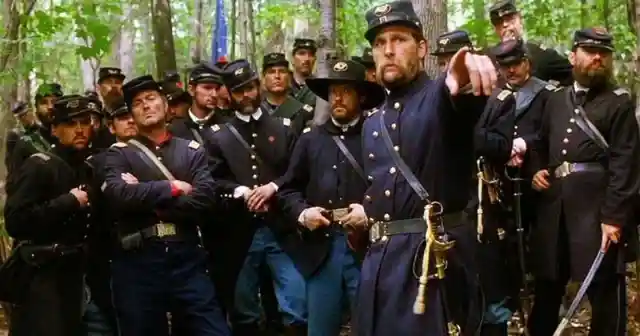
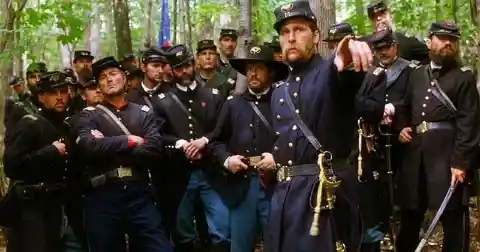
The three-day battle's pace can be at time difficult to get through, but gives the audience both sides of the battle. The film was praised by audiences and critics alike for the acting and the detailed scenes.
The Assassination of Jesse James by the Coward Robert Ford
Providing an accurate portrayal in a Hollywood Western is few and far between. There would always be a handsome actor in the lead, and a lot of action to keep audiences enthralled. In the case of The Assassination of Jesse James by the Coward Robert Ford, the film has the handsome lead in Brad Pitt, but it also has historical accuracy.
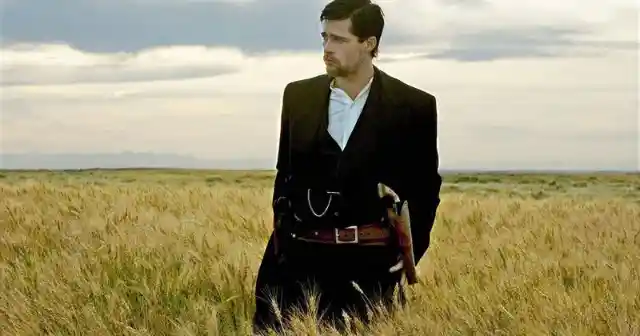
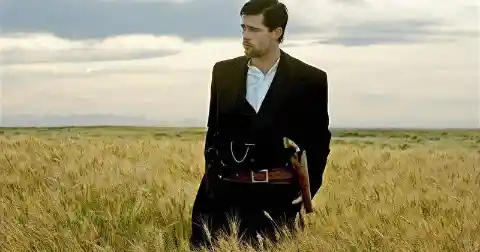
The focus of the film is on Robert Ford, the man obsessed with the outlaw Jesse James. It shows James at his finest moments as a legend, but shares Ford's view of him and his life as well.
Lincoln
Steven Spielberg undertook the massive job of capturing Abraham Lincoln in his life. Lincoln was known as the 16th president of the United States, a leader who could hold people's attention and had a good sense of what was right.
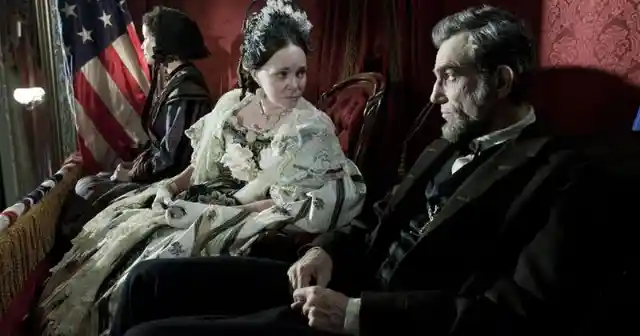
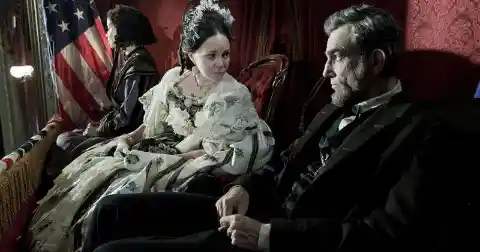
However, Spielberg also captures Lincoln childhood and youth as well as what the political world was like at the time, and it was not always pretty. Daniel Day Lewis played the role of the former president in a performance that garnered much praise. The accuracy of this film is said to be unparalleled.
Master and Commander: The Far Side of the World
While the storyline is not up to par with historical accuracy, the set and production of the film absolutely do. Master and Commander: The Far Side of the World was helmed by director Peter Weir, who managed to get every little detail of that time in history as accurate as possible when it came to the ships, costumes, sounds, and meals; no small detail was left out.
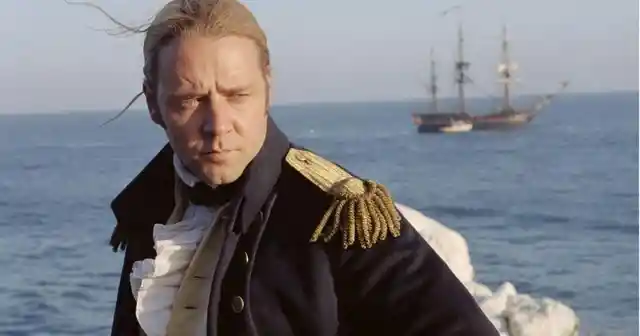
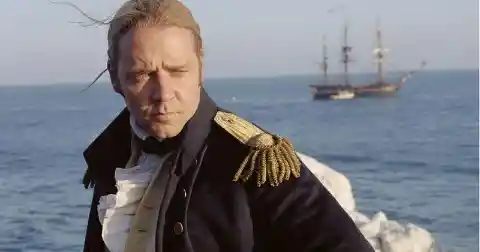
Every piece of of information came from Patrick O'Brian's books that were set in the 1800s. The way the film was made takes you to that point in time exactly.
Saving Private Ryan
Saving Private Ryan is still one of the most successful, critically acclaimed, and talked-about films in Hollywood. The Omaha Beach landing war scene is considered to this day to be one of the best battle scenes to take place in cinema. The film is three hours long, with the war scene being a full 27 minutes of it.
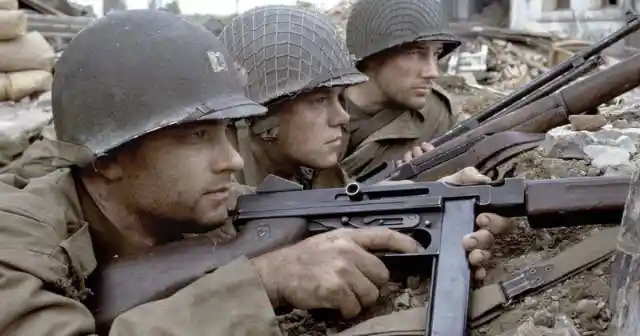
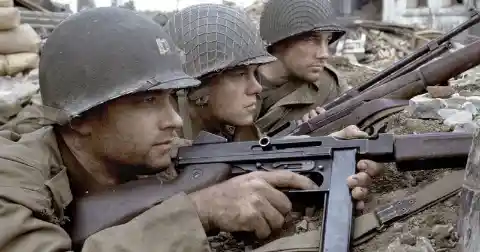
The story follows a group of men searching for a missing fictional character by the name of Private Ryan. This film has managed to keep the attention of people who have watched and rewatched it.
Schindler's List
Following the story of the incredible man who saved the lives of thousands of Jews during World War II, Schindler's List shows a historically accurate portrayal of how Oskar Schindler did the good work that he did. It did not paint him in the greatest light at first, as he was initially looking to make a fortune as a result of wartime.
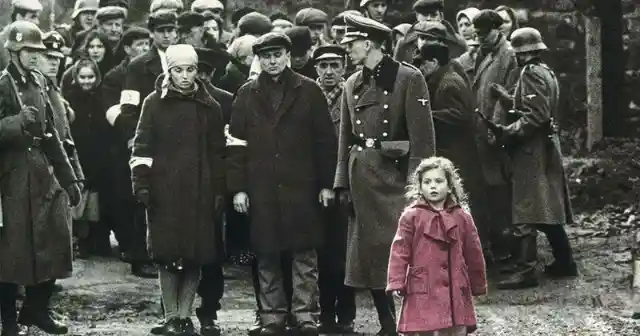
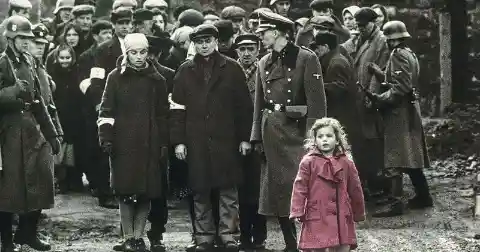
However, after seeing the massacre that took place in the Krakow ghetto, he changed his view entirely. Steven Spielberg remained in line with Thomas Keneally's book, Schindler's Ark, as well as shows very graphic scenes that portray just how violent the Holocaust really was.
Stalingrad
The Battle of Stalingrad is still thought to be one of the biggest and most violent in warfare history. This battle is also one of the most researched battles in World War II. The film by the same name as the battle, was a wonder because how true to the real accounts it stayed to.
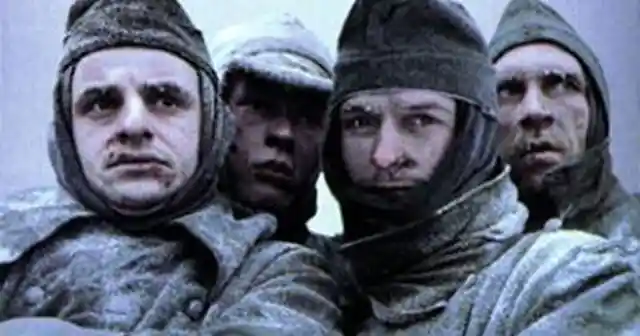
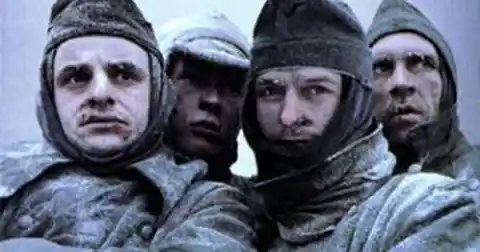
Director Joseph Vilsmaier tells the story of this battle from the German point of view, and does it in a way that reveals just how brutal it was. Vilsmaier captures the horrors of battle unlike most others.
The Last Emperor
The last emperor of China and the story of his rise and fall is still discussed among historians and researchers due to how little is actually known about it. Pieces of the story are still being put together today and figuring out the truth of it all is not easy to put into a timeline.
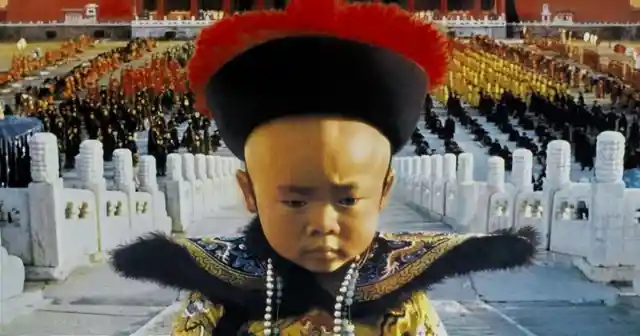

Historically, we may not know what is true or not 100% but when director Bernardo Bertolucci and writer Mark Peploe decided to put it together, they made sure it was as accurate as possible. They showed the political status of that time and gave the world a glimpse into ancient China like no other.
Tora! Tora! Tora!
Tora! Tora! Tora! Is the accurate portrayal of what happened at Pearl Harbor. What makes this one more accurate than, say, Michael Bay's Pearl Harbor, is the fact that the story shared both side of the conflict. There were three directors for this film - Richard Fleisher, Kinji Fukasaku, and Toshio Masuda.
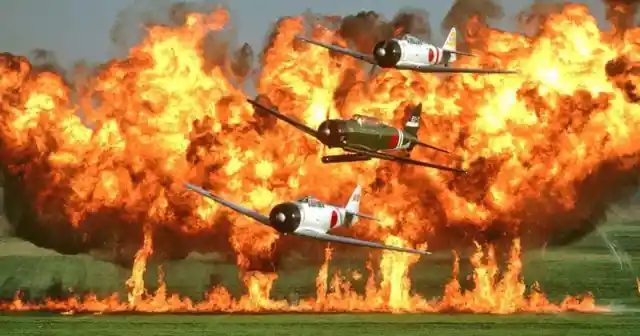
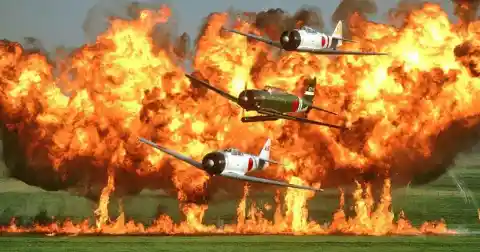
The three directors worked hard to dive into the conflict and the attack on Pearl Harbor. In addition, the film was using the Yorktown, a real aircraft carrier, that the Navy agreed to have production use in the film.
The Lion in Winter
Medieval films are not usually very accurate as they focus more on the romance between the people and less about what life was really like back then. In The Lion in Winter, the focus was more on the political climate and less on the romanticizing of the time. James Goldman directed this film and was able to truly show how complicated the life of King Henry II was.
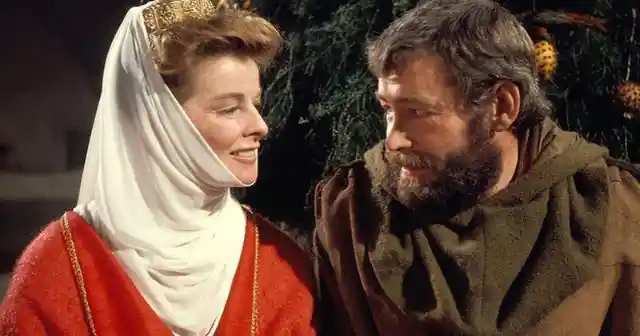
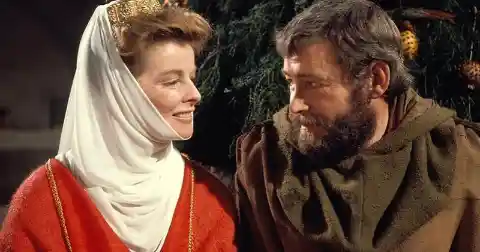
The King faced many challenges in his life, including his estranged wife, his children, and his the reasoning behind his choice of which son will succeed his throne.
Fruitvale Station
This film captured the real story of a man who was killed. These films are not uncommon in Hollywood but capturing them in the proper and accurate way is indeed uncommon. The Fruitvale Station starred actor Michael B. Jordan who played the role of Oscar Grant III during his last day alive.
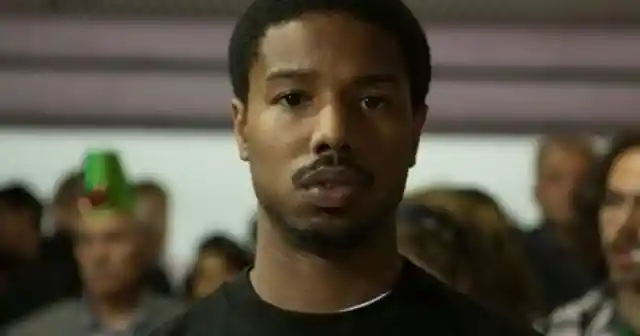
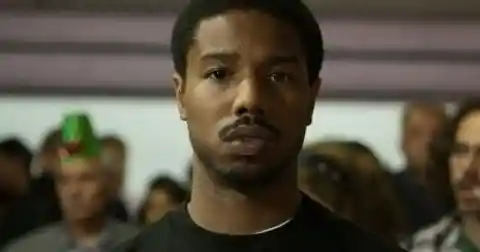
The film made sure to stay only to the true events of Grant's last day, showing the wide range of emotion that take over. The accuracy also shows in where the film was shot - Oakland, California, the same spot where Grant was killed.
All the President's Men
All the President's Men focused on the Watergate scandal; what lead to it and how it then implicated President Richard Nixon. The film brought to life the book written by Carl Bernstein and Bob Woodard, journalists who worked for The Washington Post and were the ones who brought the Watergate scandal to the world.
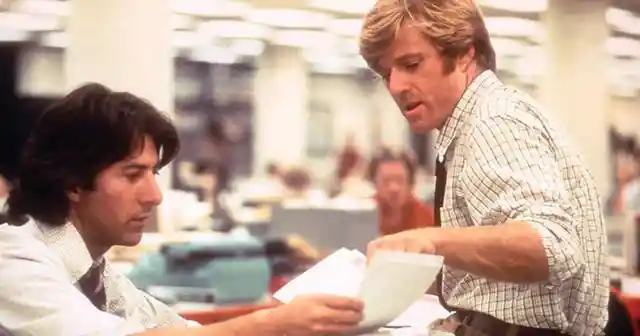
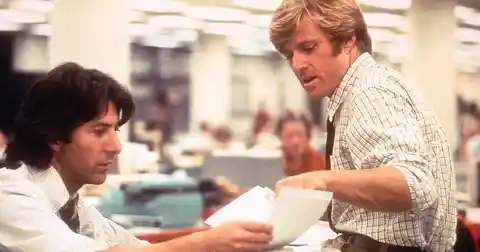
Production put a lot of work into small details like the set (the desks were the same exact desks that the paper used at the time), as well as the way actors Dustin Hoffman and Robert Redford researched how everything at the paper was at the time.
Zodiac
Films about serial killers have been a fascination of the public forever. The tale of the Zodiac is one that captured the world even more so. Director David Fincher, producer Bradley Fischer, and writer James Vanderbilt worked hard to provide the most accurate portrayal of how these detectives tracked yet never found the killer.
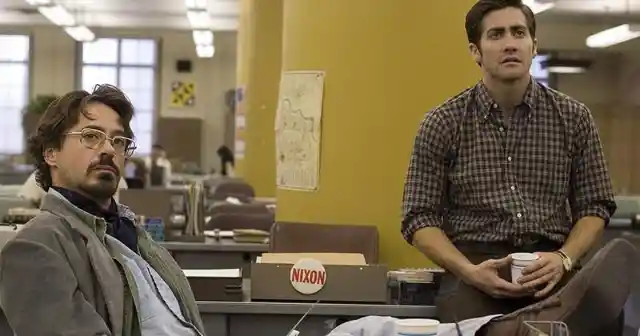
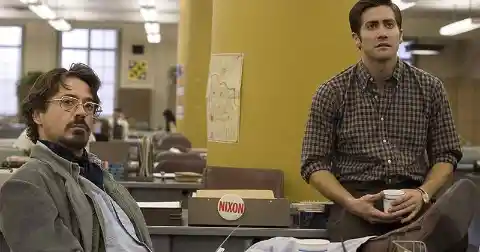
The ending of the film is not a typical Hollywood one, it does not fictionalize it or end it with a perfect happy ending. The investigation was never solved, with the filmmakers doing their own research for 18 months prior to the films production taking place.
Flags of Our Fathers
The 2006 film was directed, scored, and produced by the iconic Clint Eastwood. The war film is based on the New York Times bestseller, Flags of Our Fathers, and shares the story of a Navy corpsman and five Marines who notoriously raised the US flag on Iwo Jima, the image of which was snapped by journalist Joe Rosenthal.
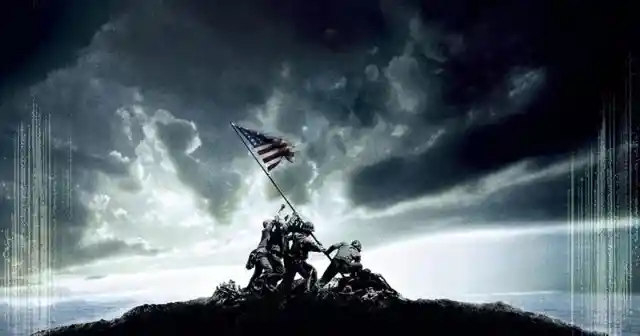
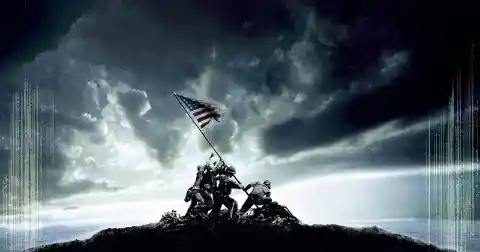
The film did not do well in the box office, but critics loved the film and thought that the accurate portrayal of the story was worth mentioning and praising Eastwood for his attention to detail.
The Pianist
This film is based on the autobiography of Władysław Szpilman, a Jewish Polish pianist who was caught up in the Holocaust and lived to tell the tale. The Pianist, played by actor Adrien Brody, was a hit with critics and audiences alike, both as a film and for Brody's transformative performance.
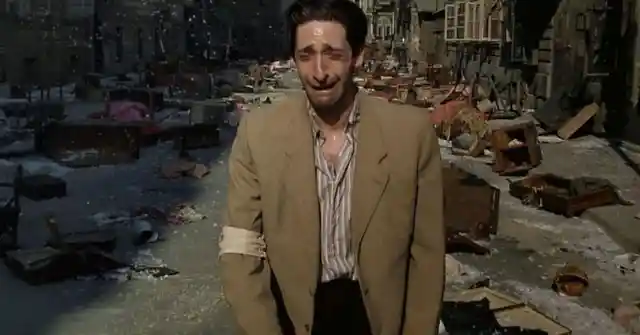
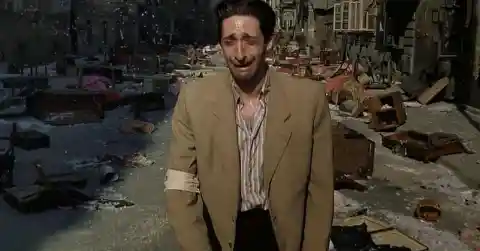
Brody ended up winning the Academy Award for Best Actor for his role in the film. Roman Polanski directed the film, due to his own experience escaping from the Krakow ghetto following his mother's passing during World War II.
Moneyball
Jonah Hill and Brad Pitt star in the 2011 sports films based on the book by the same name written by Michael Lewis. The book and film follow the story of the Oakland Athletics baseball team during their 2002 season, when Billy Beane and and his assistant used an unconventional scouting approach to their team with a super limited budget.
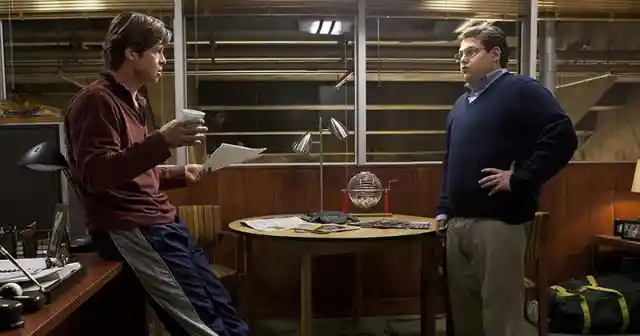
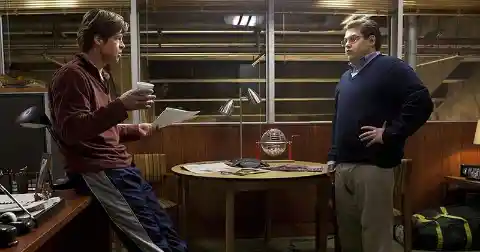
The film was praised as the most historically accurate despite it not being totally real according to those who looked at the timeline of the film.
The Wolf of Wall Street
This story is almost too crazy to be real, but it is and the film The Wolf of Wall Street made an accurate portrayal of how it all went down. The film is based on the book by the same name about the life of Jordan Belfort and how his firm dealt in fraud and corruption before the FBI managed to catch him and other executives in the major con.


Some of the authorities say that Jordan's book is the one that is not totally accurate, but the film is as true to the book as can be.
Spotlight
Spotlight follows the story of journalists for the Boston Globe who got wind of a story about priests in the Roman Catholic Church abusing children. The 2015 film showed how the “oldest continuously operating newspaper investigative journalist unit in the United States,” investigated to find the true depth of the problem within the church.
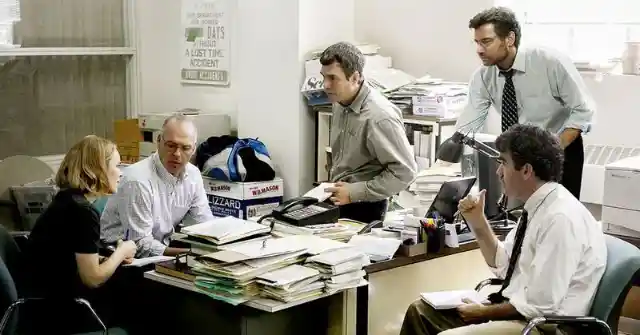
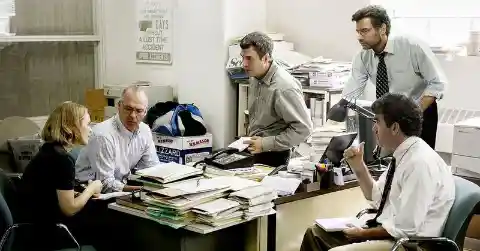
The film is based on the reports that led the Globe to earn their 2003 Pulitzer Prize. Many big names are in the film, such as Rachel McAdams, Mark Ruffalo, and Stanley Tucci, to name a few.
City of God
City of God is a 2003 film that shows the real life on the streets of Rio de Janeiro, Brazil. The film is based on the book by the same name that was written by Paulo Lins. The story follows Paulo as he sees the rise of organized crime in the City of God.
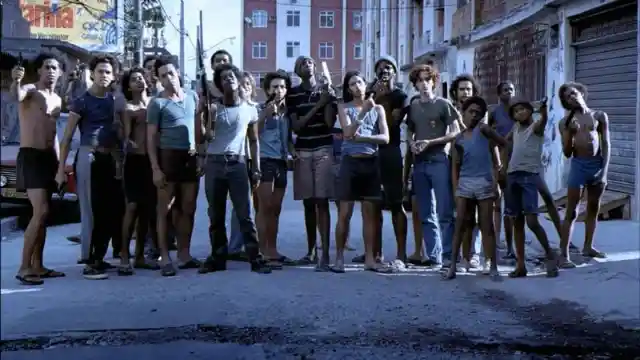
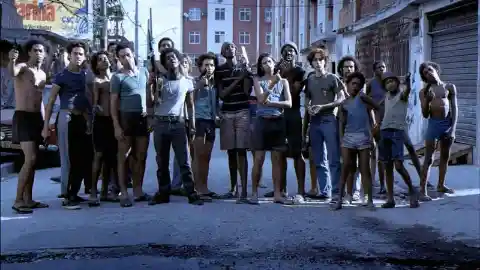
The film takes place between 1960s and 1980s, hitting its mark with the war between Knockout Ned, a criminal vigilante, and Li'l Ze, a drug dealer. Lins grew up in the city and depicts what happened to the city during that time.
Miracle
Those who love sports films call this one a must-see film. The film follows the US men's hockey team as they go to the 1980 Winter Olympics. The story shares how the team beat the favorites, Soviet Union, in the semifinal game, a game that has since been called the "Miracle on Ice."
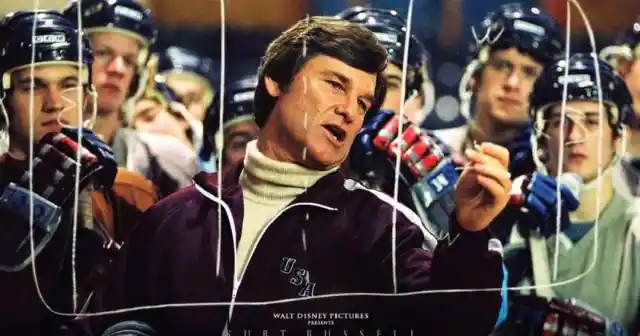
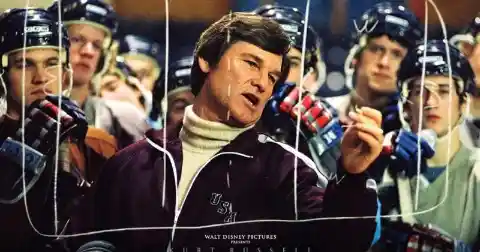
The interpersonal relationships in the film have been exaggerated, but the footage of the game is actually spliced with the real game so the viewer cannot tell. Actor Kurt Russell also gives a great performance as the coach Herb Brooks.
84C MoPic
The plot of 84C MoPic is based on witness accounts from the Vietnam War and not specific missions, the accuracy shown in the film is said to be some of the best accounts of what actually happened there by those who were there. This film is not a widely known one but does not mean it is any less than historically accurate and realistic.
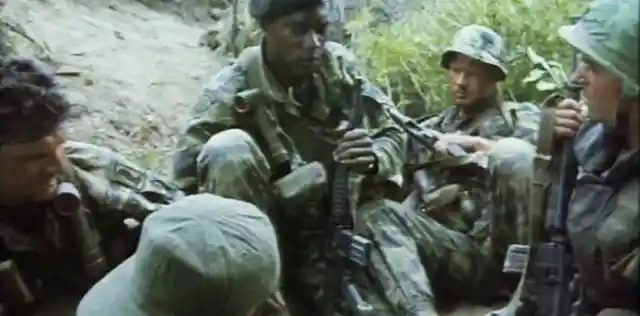
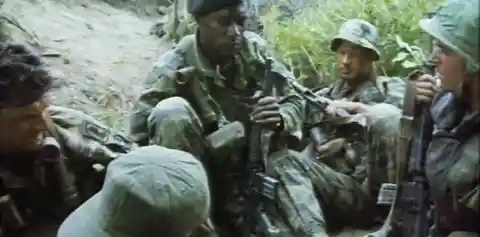
The movie was filmed in California on a tiny budget and follows a mission that did not go well and turns into a fight for survival in the jungle in Vietnam. Film critic Roger Ebert stated, “I’ve never seen a combat movie that seemed this close to actual experience.”
127 Hours
127 Hours follows Aron Ralston, a man who fought to stay alive after he fell and got trapped by a boulder in a Utah canyon. In order to get free, Ralston had to cut off his own arm to free himself, surviving to tell the tale and write a book about what happened to him.
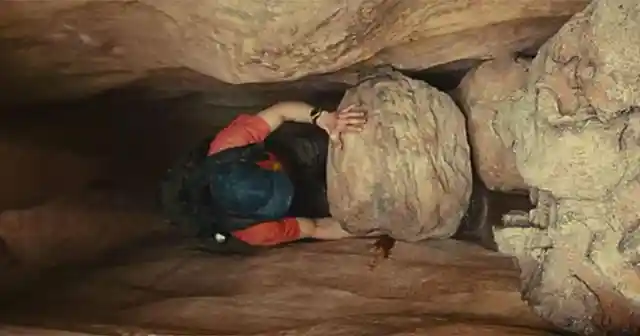
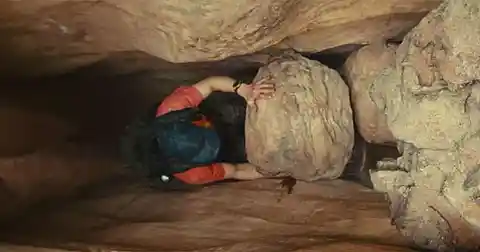
Ralston spoke about the movie, his character played by James Franco, and said that for the most part the film was accurate, other than the scene where he shows the other hikers a hidden pool; in reality he showed them certain climbing moves. Rolston said about the rest of it, “so factually accurate it is as close to a documentary as you can get and still be a drama.”
Goodfellas
Martin Scorsese read the book Wiseguy by Nicholas Pileggi, a crime reporter, about the life of Henry Hill, a mobster who became an informant, he knew he had to make the movie about it. Scorsese was a veteran in the mobster movie genre as it is.
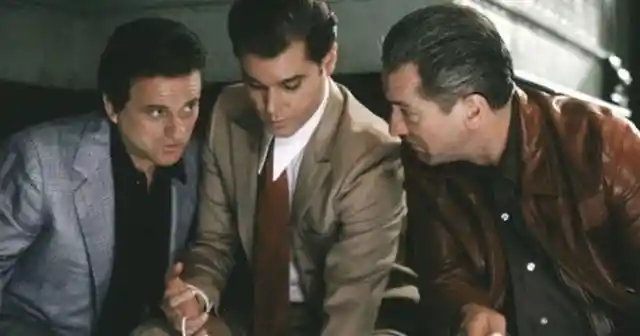
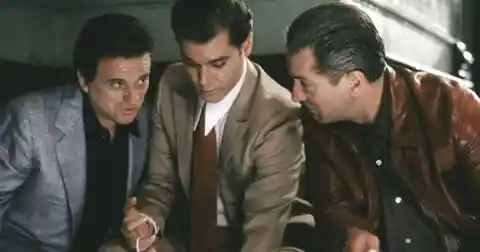
Scorsese shared that the book "gives you a sense of the day-to-day life, the tedium, how they work, how they take over certain nightclubs, and for what reasons. It shows how it’s done.” Scorsese wrote the screenplay alongside Pileggi himself, keeping nearly every aspect of the book.